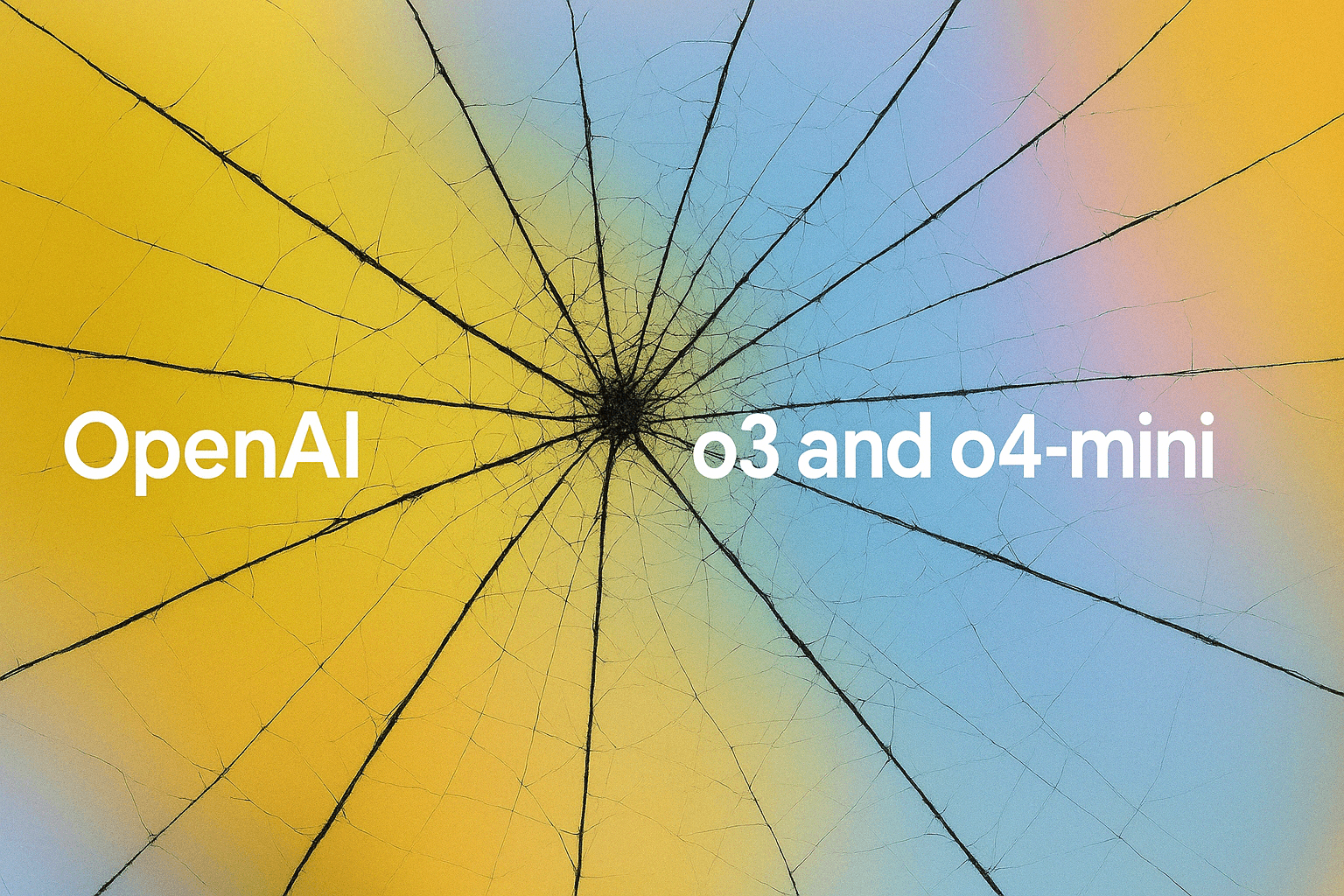Introduction to OpenAI o3 and o4
OpenAI, the creator of ChatGPT, unveiled its revolutionary reasoning models in the form of the o-series. The first model in this series, o1, marked a significant shift towards focusing on reasoning capabilities rather than general language tasks like GPT-4. Originally known as Strawberry, the o1 model was made available to the public on Dec. 5, 2024.
The Evolution: o3 and o4
During OpenAI's "12 Days of OpenAI" event on Dec. 20, 2024, the preview for the next-generation model, o3, was announced by CEO Sam Altman. This new model aimed to further enhance reasoning capabilities, performance, and safety. Shortly after the announcement, on April 16, 2025, o3 was officially launched alongside its counterpart, o4-mini, as the most advanced versions of OpenAI's reasoning models.

Features of the o3 Model
The o3 model, a part of the frontier models, is designed to handle complex tasks requiring deep analytical thinking, problem-solving, and complex reasoning. It stands out for its ability to understand context and reason through intricate problems. This transformer-based model incorporates simulated reasoning, allowing it to pause and reflect on its internal processes before generating responses.
Comparing o3 and o4-mini
OpenAI introduced the o4-mini model alongside o3, focusing on cost-efficiency and improved performance. The o4-mini model, being part of the o-class models, offers competitive performance within a smaller size and lower computational requirements. One notable advancement in both o3 and o4-mini models is the introduction of deliberative alignment, enhancing safety features through advanced reasoning capabilities.

Visual Reasoning Abilities
An interesting aspect of the o3 and o4-mini models is their incorporation of visual reasoning, enabling them to 'think with' images. This innovative approach differs from traditional image recognition methods and allows for a more integrated processing of visual content within their thought processes.
Availability and Applications
Both o3 and o4-mini models were initially made available for public safety testing before their general release on April 16, 2025. These models cater to a wide range of applications and are offered in various variants to suit different levels of reasoning requirements.




















